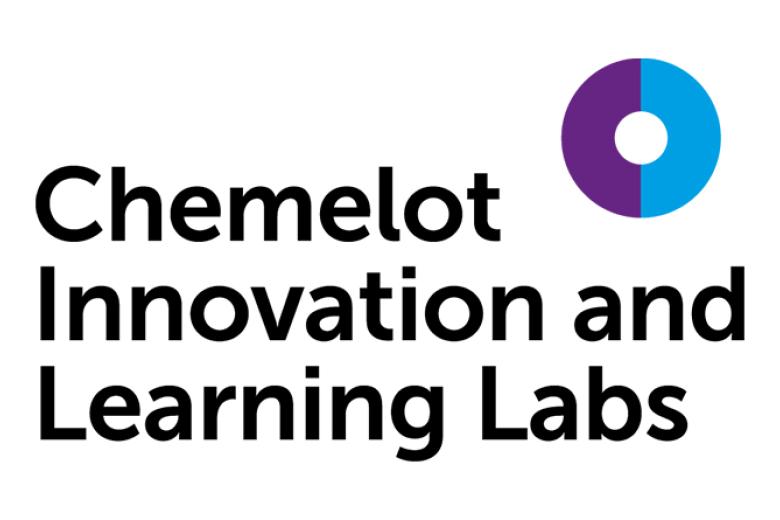MODIFY
Lightweight, renewable origin, mild processing, and facile recyclability make thermoplastics the circular construction materials of choice. However, in additive manufacturing (AM), known as 3D printing, mass adoption of thermoplastics lags behind.
Upon heating into the melt, particles or filaments fuse first in 2D and successively in 3D, realizing unprecedented geometrical freedom. Despite a scientific understanding of fusion, industrial and scientific consortium experts are still confronted with inferior mechanical properties of fused weld interfaces in reality. Exemplary is early mechanical failure in (i) patient-specific and biodegradable medical devices based on PLAs, and (ii) more technical constructs based on poly(ethylene terephthalate), PET. The origin lies in contradictory low rate of polymer diffusion and entangling, and too high crystallization rate to compensate insufficient entangling.
Previously we have eliminated the contradictory time-scales via interfacial co-crystallization alternatingly depositing two opposite stereo-specific polymers. Stereo complexation is commercially limited to poly(lactide) that despite reinforced interfaces, reveals its intrinsic brittleness on product-scale even more. To promote mass adoption of thermoplastics AM industries, the research question has been phrased as follows. Taking off with the fundamentals that underlie interfacial stereo-crystallization, what are the ultimate and scalable material formulations that secure high performance of AM thermoplastic products while fostering circularity and the green chemistry principles?
High mechanical performance translates into an intrinsic brittle to ductile transition of stereo complex reinforced AM products, focusing on fused deposition modeling. Taking the professional request on biocompatibility, engineering performance and scalability into account, the strategies in lowering the yield stress and/or increasing the network strength comprise (i) biobased and biocompatible plasticizers for stereo complexed poly(lactide), (ii) interfacial co-crystallization of intrinsically ductile polyester based materials formulations, and (iii) in-situ interfacial chemical reactions in recycled PET formulations.
Partners
Maastricht University | AMIBM

Zuyd University of Applied Science

Senbis Polymer Innovations

Felix
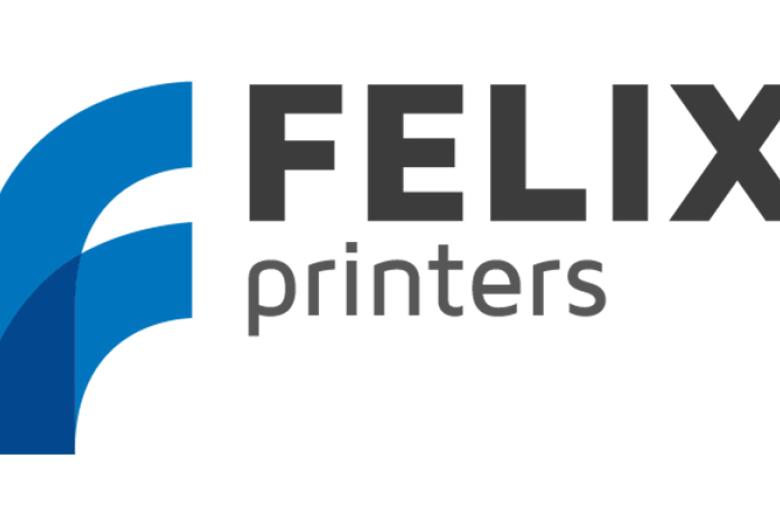
Corbion Biomedical
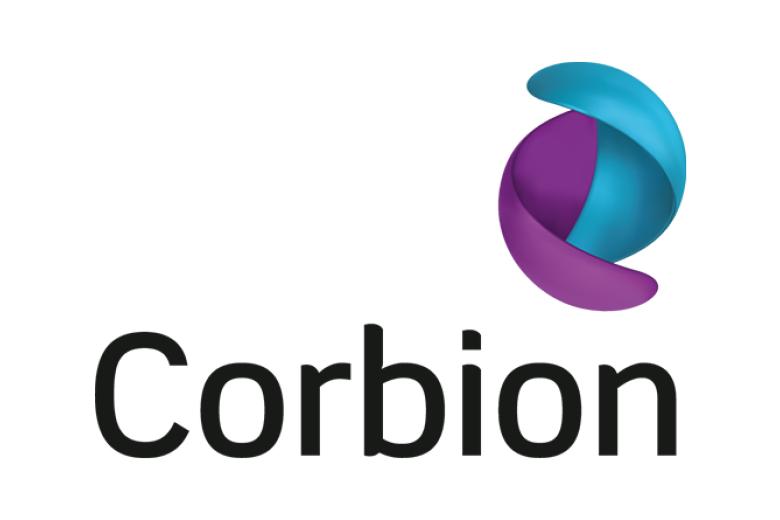
Mitsubishi Advanced Materials
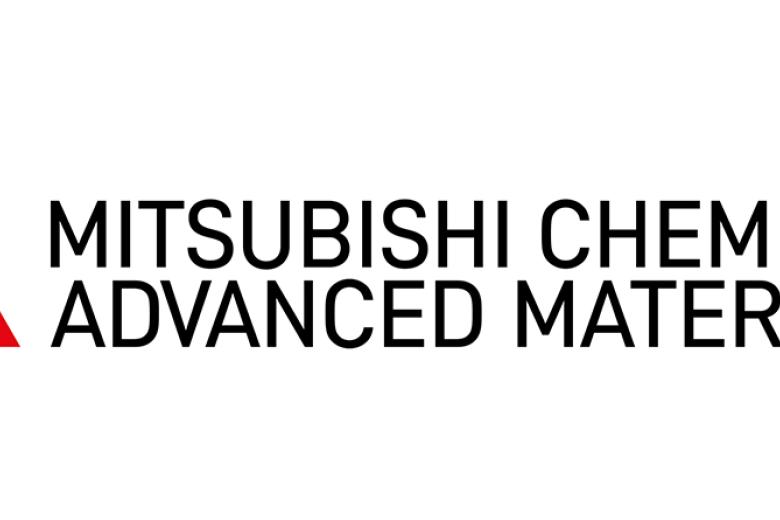
Polyproducts
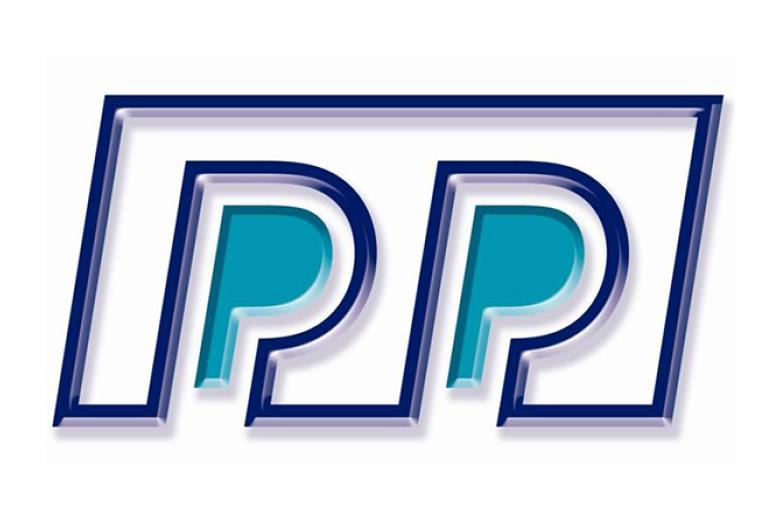
CHILL
